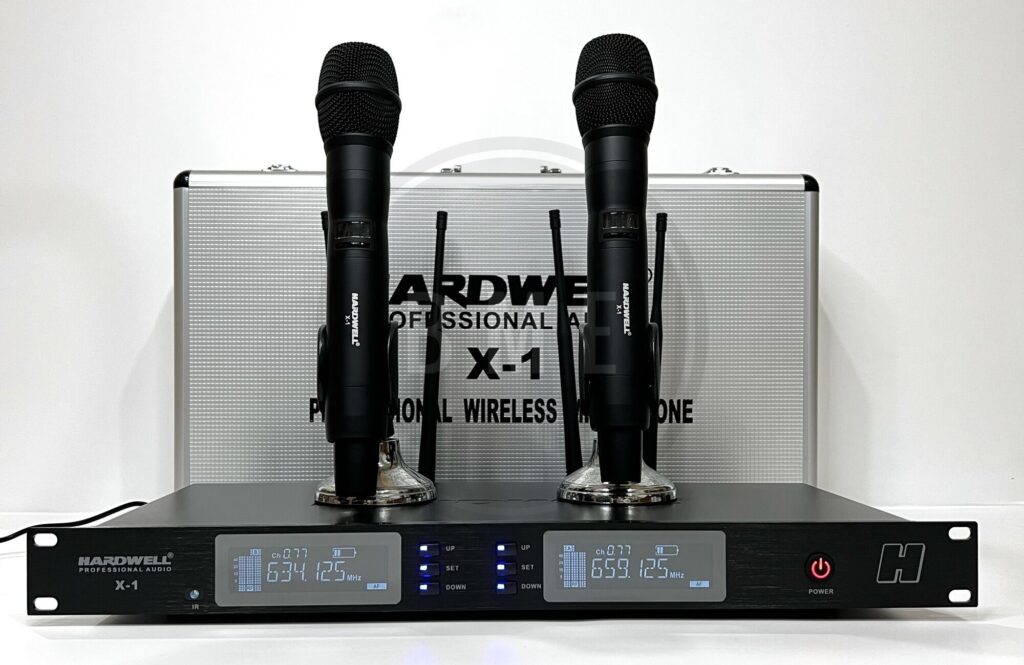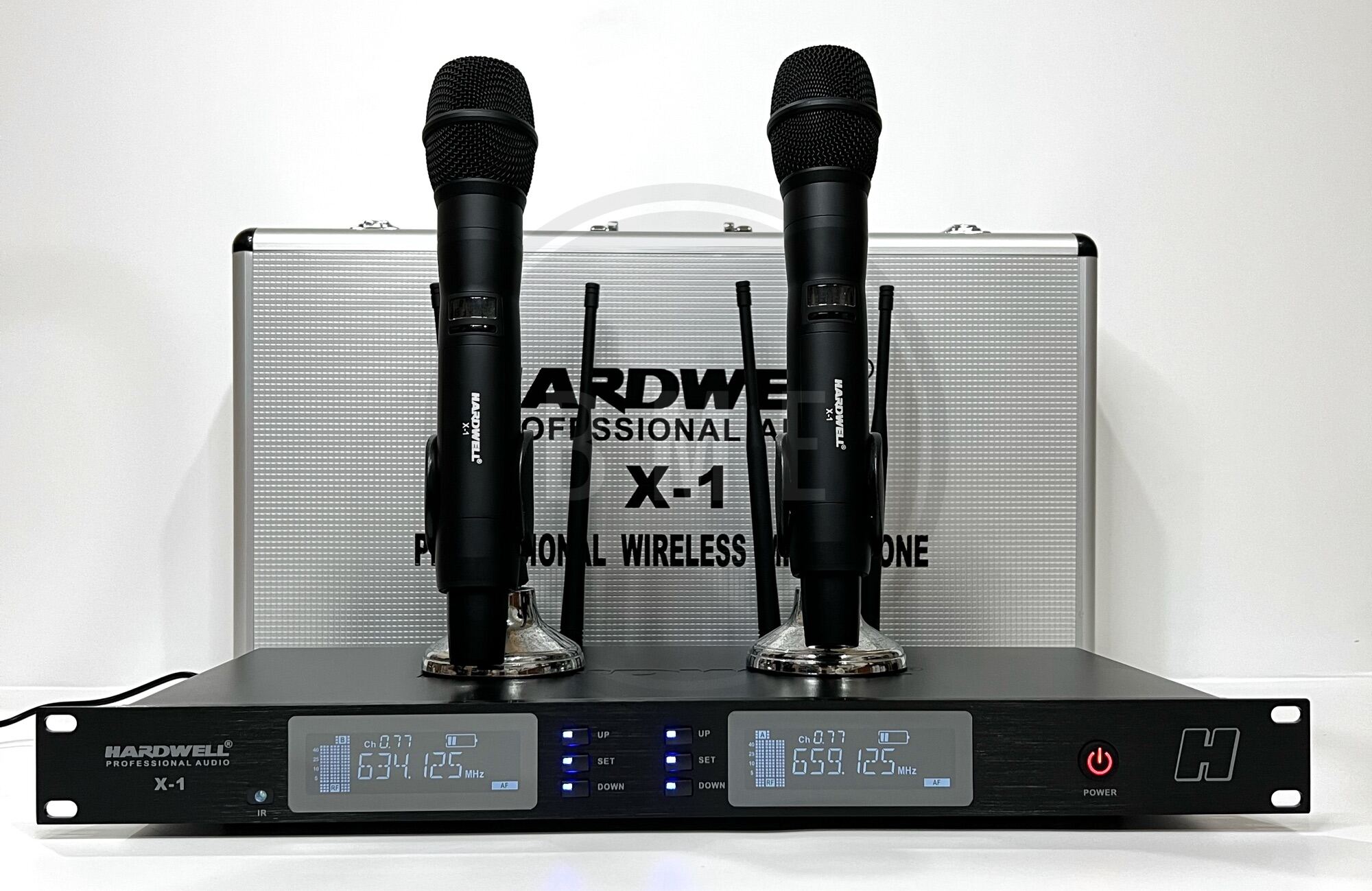
The Wireless Revolution: Understanding Wireless Technology and Its Impact
The world is increasingly interconnected, and at the heart of this connectivity lies wireless technology. From smartphones and laptops to smart homes and industrial automation, wireless solutions are transforming how we live, work, and interact with the world around us. This article delves into the intricacies of wireless technology, exploring its various forms, benefits, challenges, and future trends. Understanding the nuances of wireless communication is essential for navigating the modern digital landscape.
What is Wireless Technology?
At its core, wireless technology refers to the transfer of information between two or more points that are not connected by an electrical conductor. Instead, data is transmitted via electromagnetic waves, such as radio waves, microwaves, or infrared signals. This eliminates the need for physical cables, offering greater flexibility and mobility. The concept of wireless communication isn’t new; it evolved from early experiments with radio waves in the late 19th century.
Types of Wireless Technologies
The term “wireless” encompasses a wide range of technologies, each with its own characteristics, applications, and limitations. Some of the most prevalent types include:
- Wi-Fi: Perhaps the most ubiquitous form of wireless technology, Wi-Fi (Wireless Fidelity) uses radio waves to provide high-speed internet access within a limited range. It’s commonly found in homes, offices, public spaces, and hotspots.
- Bluetooth: A short-range wireless technology used for connecting devices such as headphones, speakers, keyboards, and mice to smartphones, computers, and other compatible devices. Bluetooth is known for its low power consumption.
- Cellular Networks: These networks, including 4G LTE and 5G, provide wide-area wireless communication, enabling mobile internet access, voice calls, and text messaging over vast geographical areas.
- Satellite Communication: Involves transmitting data via satellites orbiting the Earth. It’s used for various applications, including television broadcasting, weather forecasting, and providing internet access to remote areas.
- Near Field Communication (NFC): A short-range, high-frequency wireless technology that enables communication between devices in close proximity. NFC is commonly used for contactless payments, data sharing, and access control.
- Radio-Frequency Identification (RFID): Uses radio waves to automatically identify and track tags attached to objects. RFID is widely used in supply chain management, inventory control, and asset tracking.
- Zigbee: A low-power, low-data rate wireless technology designed for applications in home automation, industrial control, and sensor networks.
Benefits of Wireless Technology
The adoption of wireless technology has been driven by its numerous advantages, which include:
- Mobility and Flexibility: Wireless devices can be used anywhere within the network’s range, providing users with greater freedom and flexibility.
- Convenience: Eliminating the need for cables simplifies installation and reduces clutter.
- Scalability: Wireless networks can be easily expanded to accommodate new users and devices.
- Cost-Effectiveness: While initial setup costs may be higher, wireless solutions can often be more cost-effective in the long run due to reduced cabling and maintenance expenses.
- Increased Productivity: Wireless access to information and resources can enhance productivity and efficiency in various work environments.
Challenges and Limitations
Despite its benefits, wireless technology also faces several challenges:
- Security Concerns: Wireless networks are vulnerable to security threats such as eavesdropping, hacking, and data breaches. Robust security measures, such as encryption and authentication protocols, are essential to protect sensitive information.
- Interference: Wireless signals can be affected by interference from other electronic devices, physical obstacles, and environmental factors. This can lead to reduced performance and connectivity issues.
- Range Limitations: The range of wireless networks is limited by the strength of the signal and the presence of obstacles. Extending the range often requires the use of repeaters or access points.
- Bandwidth Constraints: Wireless networks have limited bandwidth, which can become a bottleneck when multiple users are accessing the network simultaneously.
- Power Consumption: Wireless devices rely on batteries, which need to be recharged or replaced regularly. This can be a concern for mobile devices and remote sensors.
The Future of Wireless Technology
The field of wireless technology is constantly evolving, with new innovations and advancements emerging regularly. Some of the key trends shaping the future of wireless include:
5G and Beyond
5G, the fifth generation of cellular technology, offers significantly faster speeds, lower latency, and greater capacity compared to its predecessors. It’s enabling new applications in areas such as autonomous vehicles, virtual reality, and the Internet of Things (IoT). Research is already underway on 6G, which promises even greater performance and capabilities. The development of these advanced wireless networks is crucial for supporting the growing demands of data-intensive applications.
The Internet of Things (IoT)
The IoT refers to the network of interconnected devices that collect and exchange data. Wireless technology plays a crucial role in enabling the IoT, allowing devices to communicate with each other and with central servers. The IoT is transforming industries such as manufacturing, healthcare, and transportation, enabling new levels of automation, efficiency, and data-driven decision-making. [See also: IoT Security Best Practices]
Wi-Fi 6 and Wi-Fi 6E
Wi-Fi 6 (802.11ax) is the latest generation of Wi-Fi technology, offering improved performance, increased capacity, and better power efficiency compared to previous standards. Wi-Fi 6E extends Wi-Fi 6 into the 6 GHz band, providing additional spectrum for wireless communication and reducing congestion. These advancements are enhancing the user experience in homes, offices, and public spaces.
Wireless Power Transfer
Wireless power transfer (WPT) technology enables the transmission of electrical energy without the use of wires. WPT is being developed for various applications, including charging mobile devices, powering electric vehicles, and supplying energy to remote sensors. WPT has the potential to revolutionize the way we power our devices and systems.
Edge Computing
Edge computing involves processing data closer to the source, rather than sending it to a central cloud server. This reduces latency and improves performance, especially for applications that require real-time data processing. Wireless technology is essential for connecting edge devices and enabling distributed computing architectures. [See also: Benefits of Edge Computing]
Conclusion
Wireless technology has become an indispensable part of modern life, transforming the way we communicate, work, and interact with the world. From Wi-Fi and Bluetooth to cellular networks and satellite communication, wireless solutions offer numerous benefits, including mobility, flexibility, and convenience. While challenges such as security and interference remain, ongoing innovations and advancements are paving the way for a future where wireless connectivity is even more pervasive and seamless. Understanding the fundamentals of wireless technology is essential for individuals and organizations alike, enabling them to leverage its power and navigate the evolving digital landscape. As the demand for wireless connectivity continues to grow, further research and development will be crucial to address the challenges and unlock the full potential of this transformative technology. The future of wireless is bright, promising even greater connectivity, efficiency, and innovation in the years to come.

